Eraserhead: 10 Behind-The-Scenes Facts About David Lynch's Surreal Masterpiece
David Lynch's feature film debut Eraserhead is largely hailed as one of the most original and disturbing movies ever assembled. The nightmarishly surreal experimental horror film follows Henry Spencer (Jack Nance), a bizarre factory worker who is beset with severe anxiety over the birth of his revoltingly deformed son. As Henry tries to keep his son alive, he must contend with a bleak industrial atmosphere, deranged potential in-laws, and his deeply unhappy girlfriend, Mary X (Charlotte Stewart).
Eraserhead cost a scant $10,000 and grossed just $22,000 at the box-office before becoming a bona fide cult classic among midnight movie crowds and home-video viewers. Here is a detailed look back at the film's production history.
10 Eraserhead Was Inspired By David Lynch's Life
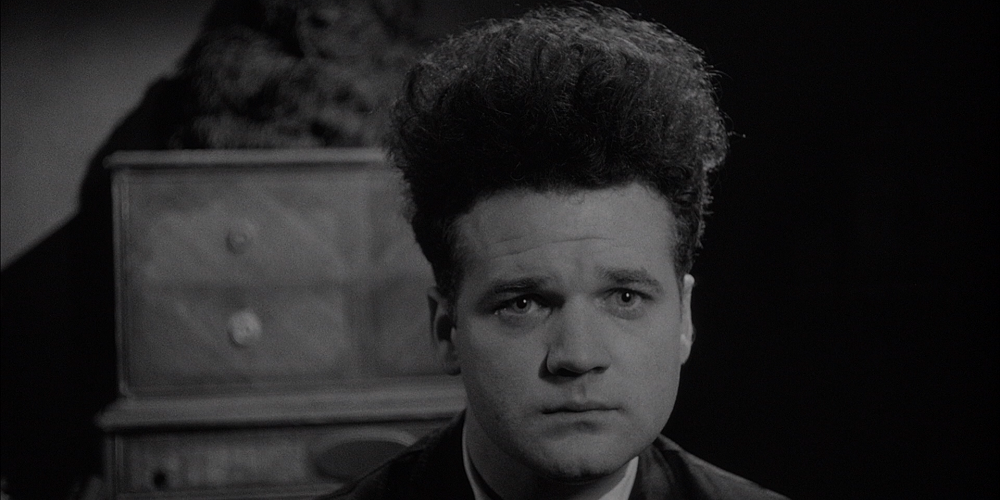
David Lynch drew on several inspirations for Eraserhead. Among them was surrealist writer Franz Kafka's 1915 novel Metamorphasis and Gogol's 1836 vignette The Nose.
Tonally and aesthetically, Lynch drew on his scarifying childhood growing up in drab, violent, poverty-stricken neighborhoods in Philadelphia, Pennsylvania as the artistic blueprint for the film. Thematically, Lynch's fear of fatherhood inspired the underlying story of Eraserhead, as his daughter Jennifer was born with clubbed feet, which required years of corrective surgery to be remedied.
9 Funding Was Always A Problem
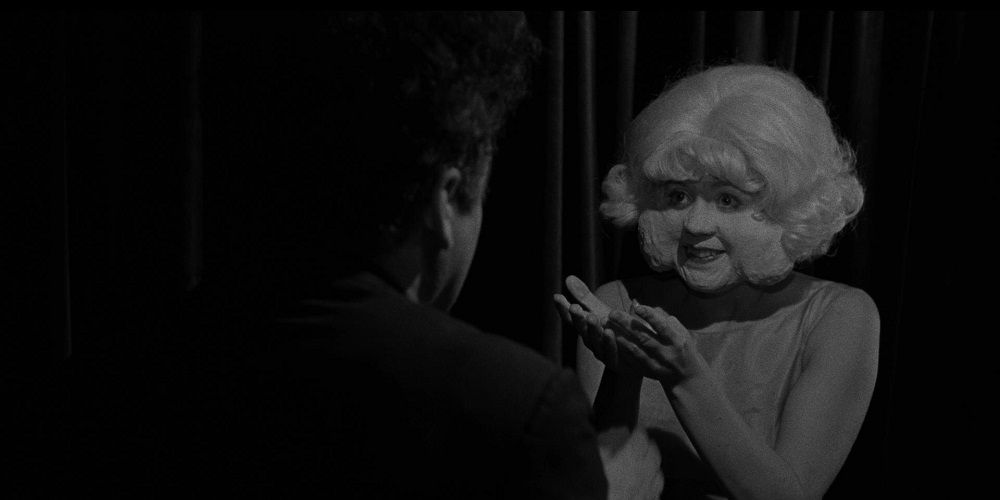
Believe it or not, Lynch's original screenplay for Eraserhead was just 22 pages long. As a result, the American Film Institute (AFI) declined to fund the film after giving Lynch an initial grant. Three years into production, Lynch's grant money ran out. As such, he began delivering newspapers during production to help fund the film.
Filmmaker Terrence Malick attempted to raise funds by screening the footage shot to a would-be financier, but they declined after walking out of the screening. Lynch's pal Jack Fisk and his wife Sissy Spacek donated funds to the production, as did Jack Nance's wife Catherine E. Coulson, who died during production.
8 Eraserhead Took Roughly 5 Years To Finish
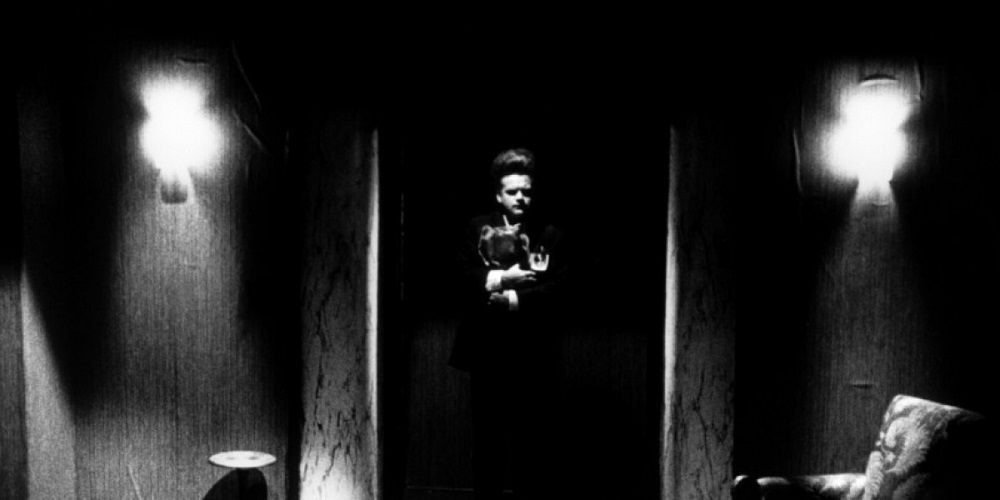
With a truncated script and lack of funding, Lynch spent more than five years stitching Eraserhead together. The film was shot in a piecemeal process, requiring several sets to be re-erected after being torn down for other projects.
During the five-year production, star Jack Nance kept his hair frizzy throughout and only asked for a "room and a chair" as accommodations. The scene of Henry opening the door and entering from the other side is famous for making a cut in the film between two shots that were filmed 18 months apart. During the lengthy shoot, DP Herbert Cardwell died in his sleep at the age of 35. He was replaced by Frederick Elmes.
7 David Lynch Lived In Henry's Bedroom
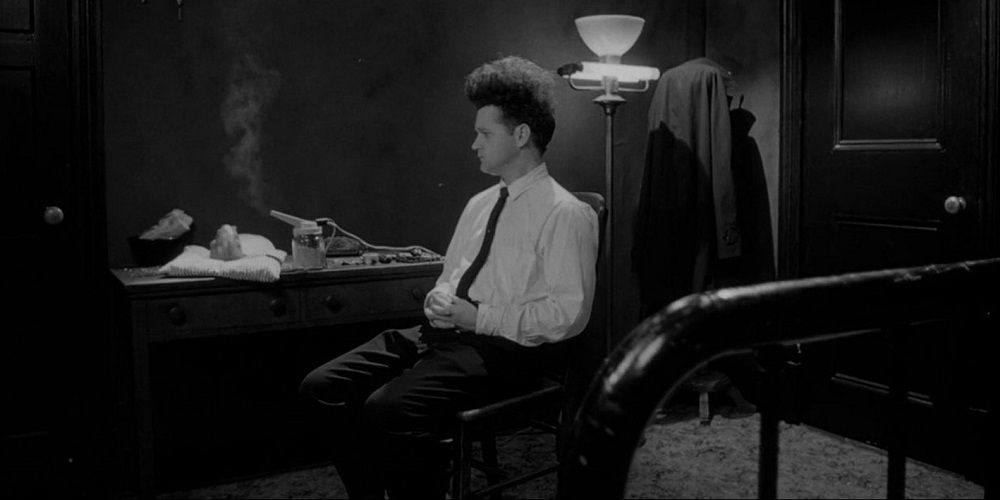
Due to the DYI film shoot that was completed in drips and drabs over the course of many years, Lynch often slept on the set. In specific, he spent more than a year sleeping in on the set for Henry's bedroom.
Lynch also wore several hats on the set of the film. In addition to serving as writer/director, Lynch would often contribute to the production design, art direction, special effects, music, editing, and sound effects for the film. Lynch also developed a technique of recording dialogue in reverse and playing it backward, an effect he later used in Twin Peaks.
6 The Film's Locations Are Actually Well-Known
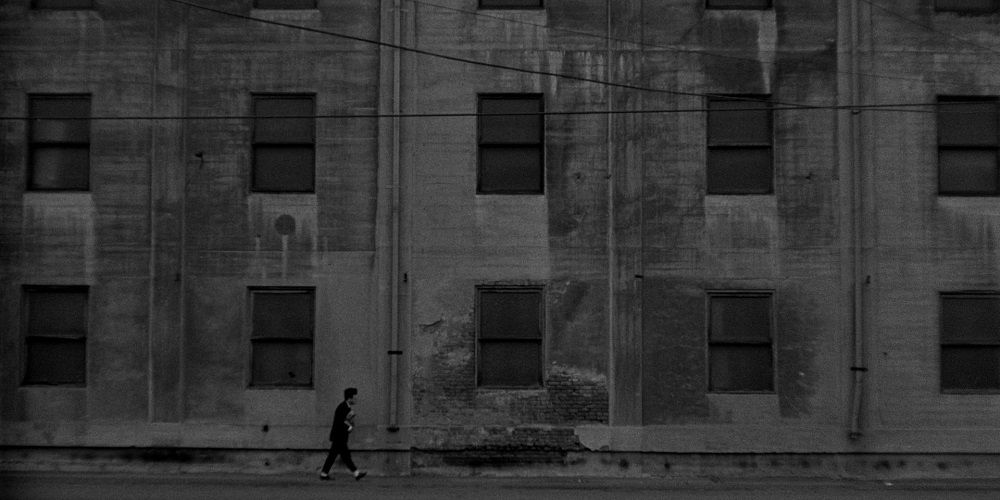
The grim and grimy industrial landscape that Henry traverses as Eraserhead begins was shot in what is now the Beverly Center Mall in Los Angeles. The giant concrete building that Henry wanders into at the start is the lower-half of the overpass on East 4th Street in Los Angeles.
Furthermore, the hole in the floor of Henry's apartment lobby is the exact same set-piece used for the infamous Red Room in Lynch's Twin Peaks. Lynch also recycled his own numerical street address in Philadelphia (2416 Poplar Street) for Mary's house, although no street name is given.
5 The Deformed Newborn's Creation Is A Mystery
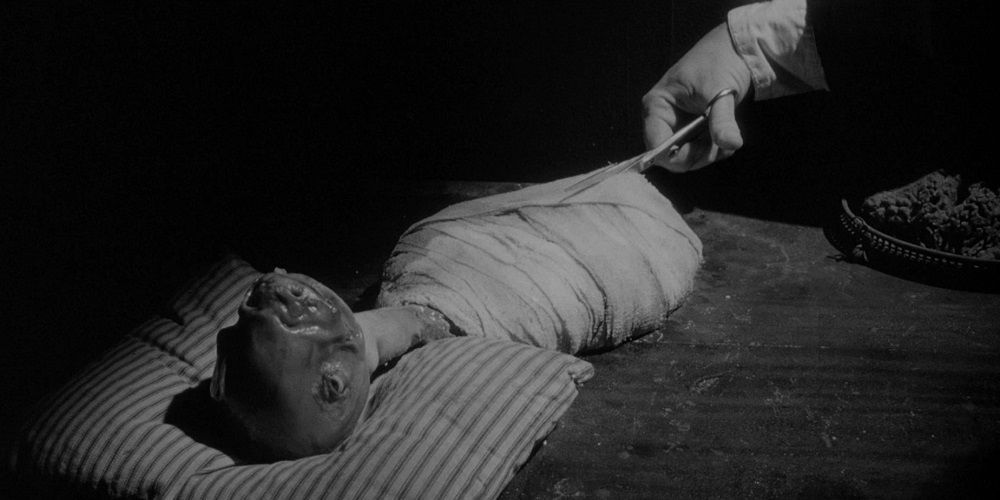
Lynch has remained evasive when asked how to describe the ways in which he created the deformed newborn. He even had projectionists cover their eyes when screening parts Eraserhead featuring the baby so nobody would know how the effect was achieved.
However, info has since leaked that an embalmed calf fetus was used to create the infant deformity. Once production wrapped, the prop was buried by Lynch and crew in an unknown location before a faux-funeral was held for the creature at the wrap party.
4 Eraserhead Got A Midnight Screening Revival
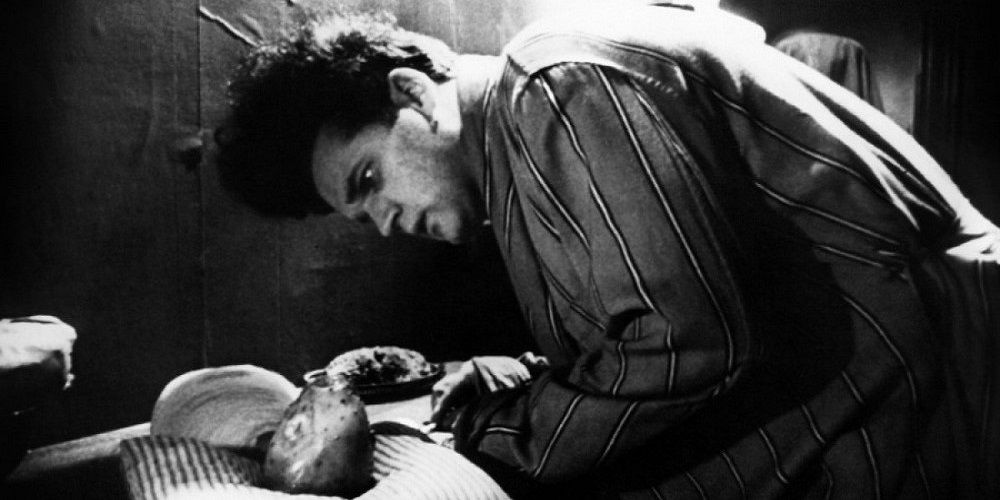
During Eraserhead's inaugural weekend screening, only 25 people showed up the first night and 24 the following night. Deemed a monumental flop, producer Ben Barenholtz suggested Eraserhead be exhibited as a midnight movie instead of a traditional cineplex release.
As a result, Eraserhead maintained an unprecedented run among midnight movie houses. The film spent 49 weeks in New York's Waverly Theater, one year in San Francisco's Roxy Theater, and spent three years from 1978-1981 at Los Angeles' Nuart cinema. Though it didn't immediately turn in a profit, this was ultimately for the better as it helped cement Lynch with his dedicated following.
3 Eraserhead Was A Hit With Famous Filmmakers
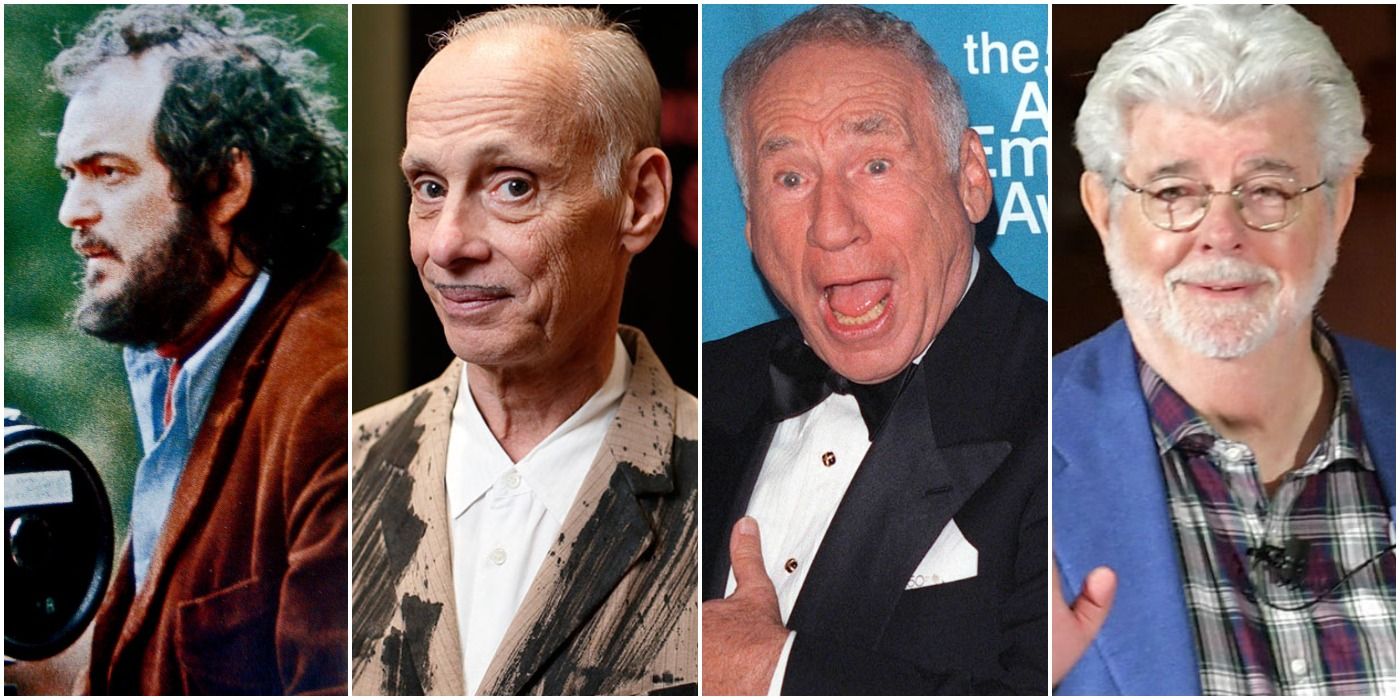
As a result of Eraserhead's surprisingly successful midnight revival, several high-profile filmmakers and celebrities alike began praising the film. Stanley Kubrick loved the movie so much he made the cast of The Shining watch it before production began to get them in the right frame of mind for his then-upcoming horror film.
John Waters (whose films were also midnight screening hits) expresses adoration for the film, going as far as recommending it to his fans. Mel Brooks saw the movie and offered Lynch the chance to direct Elephant Man, which he agreed to do. Similarly, George Lucas saw Eraserhead and offered Lynch the opportunity to direct Star Wars: Return of The Jedi, but Lynch declined to make Dune instead. While Lynch respects Lucas, he (in)famously got a headache when the Star Wars mastermind showed him a bunch of Wookies.
2 H.R. Giger & Charles Bukowski Are Also Big Fans
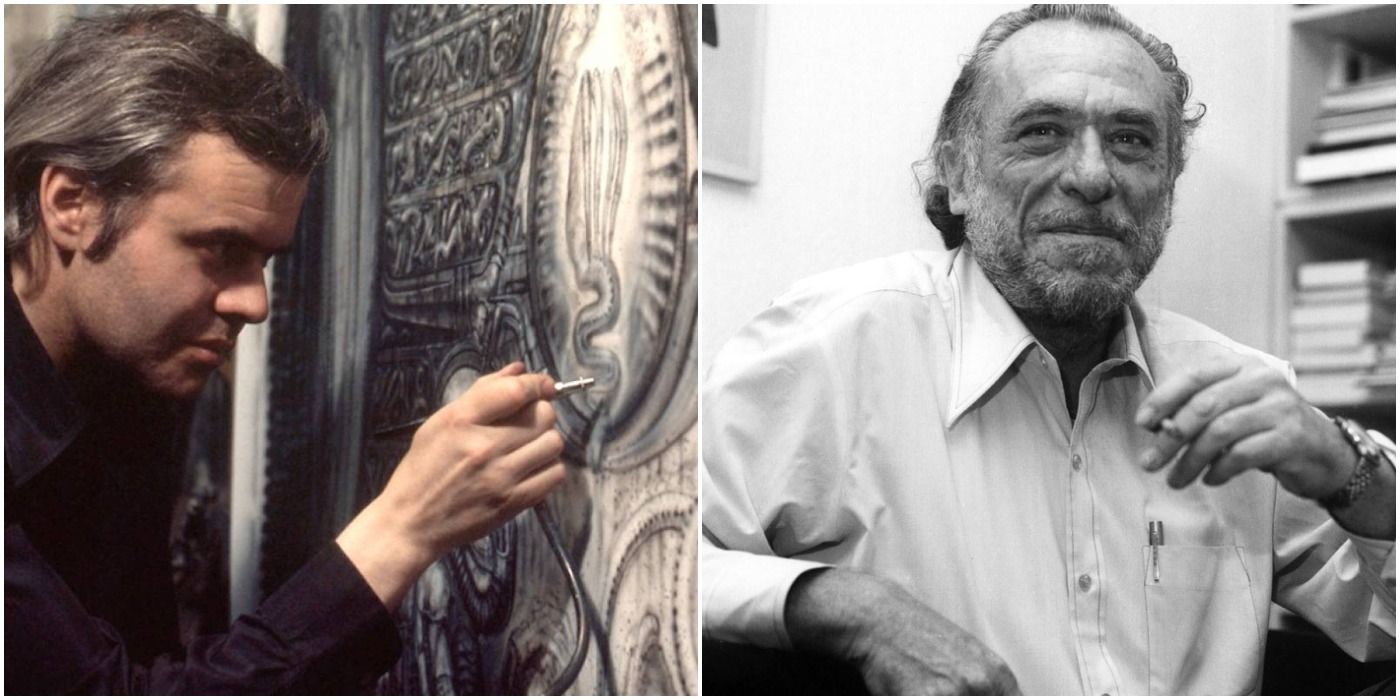
Among the movie's biggest fans at the time of release was Swiss surrealist and Xenomorph designer H.R. Giger, who declared Eraserhead as one the greatest movie he'd ever seen. Giger then sought to collaborate with Lynch on the adaptation of Frank Herbert's Dune. However, Lynch declined to work with Giger because he believed Giger had stolen his visual aesthetic.
In addition, famed poet Charles Bukowski cited Eraserhead as his favorite film. The Barfly scribe even based his work "Hollywood" on an interaction between Lynch and Isabella Rosellini.
1 There's Over 20 Minutes Of Deleted Scenes
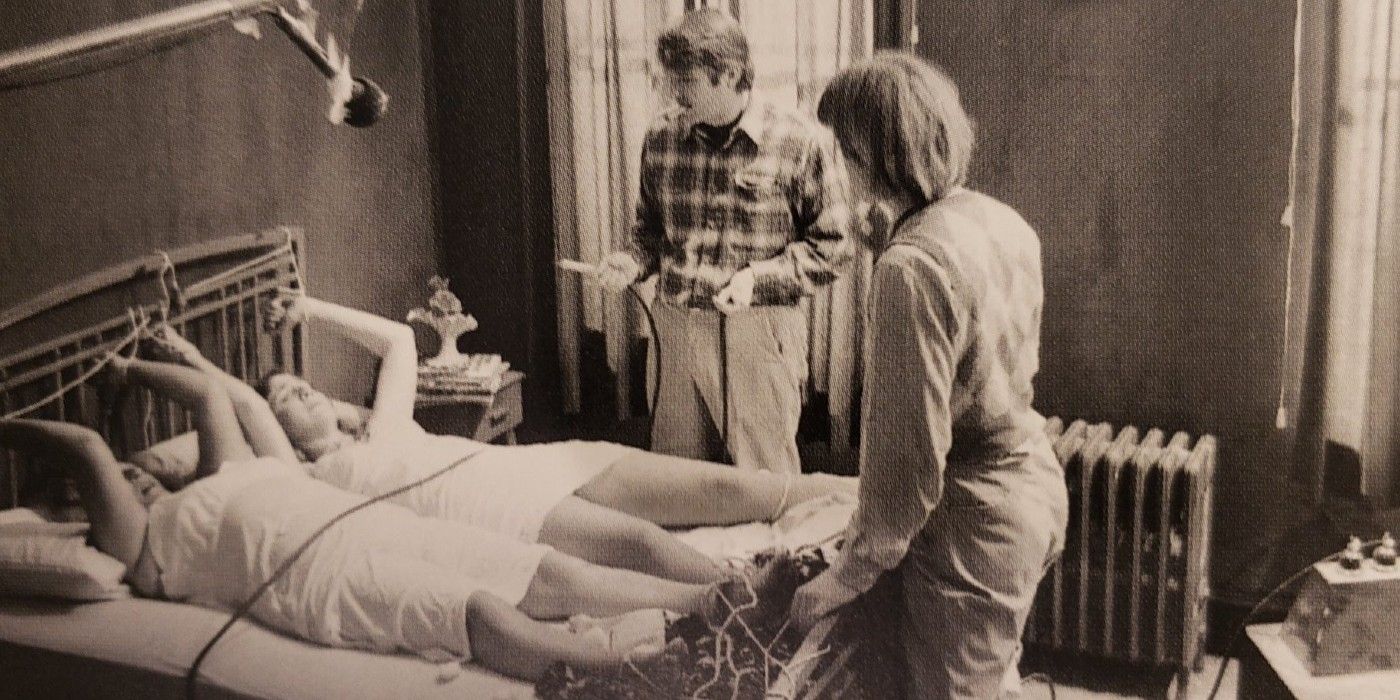
During a test screening that went horribly awry due to what Lynch thought was a poor audio mix, he cut 20 minutes of footage from the film. Among the deletions include a scene of Catherine E. Coulson playing the deformed baby's midwife, Henry playing with a dead cat and a sequence involving a man physically abusing two women with a car battery (above).
All that's left of these scenes are a few testimonies from the cast and some production photos. With these scenes, the original Eraserhead ran for roughly 100 minutes as compared to its 89-minute long theatrical runtime. Only time will tell if Lynch will ever restore the footage in some capacity, since the film's recent Criterion Collection release makes no allusions to them.
from ScreenRant - Feed https://ift.tt/3kwjHNz
No comments